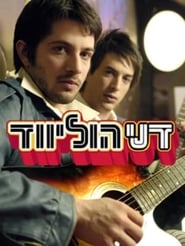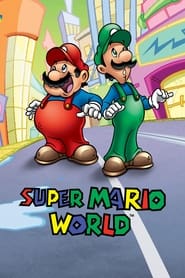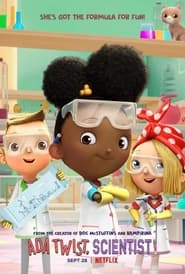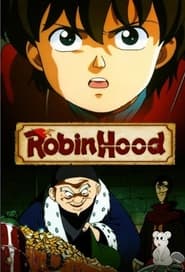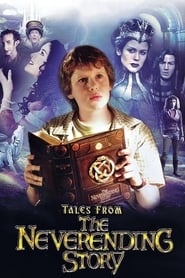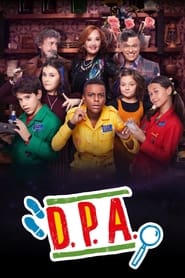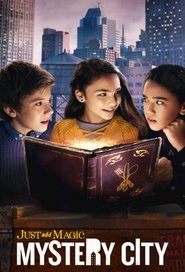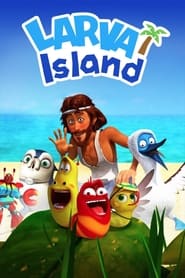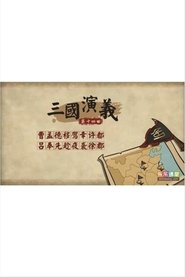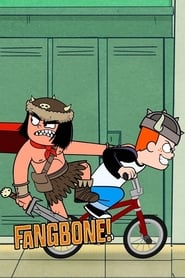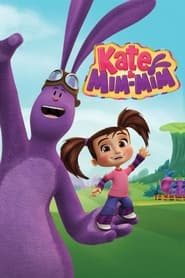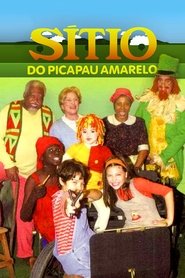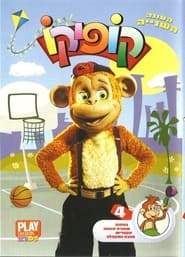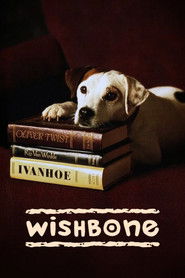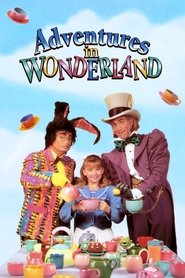Kids TV Series - Page 59
-
Danny Hollywood
2008
Danny Hollywood
2008
Can love cross the boundaries of time? Does it have the power to change the past? An original format that has quickly become a national sensation combining drama, suspense, wall - to - wall romance, time travel and lots of feel good music. -
Super Mario World
1991
Super Mario World
1991
star 7.3Mario, Luigi, Yoshi and Princess Toadstool are on Dinosaur Island foiling the plans of King Koopa and his Koopa kids. -
Ada Twist, Scientist
2021
Ada Twist, Scientist
2021
star 6.2Pint-sized scientist Ada Twist and her two best friends are asking big questions — and working together to discover the truth about everything! -
Robin Hood's Big Adventure
1990
star 7.7Robin Hood's Big Adventure is an anime adaptation of the classic Robin Hood story consisting of 52 episodes. In this version, Robin and his allies are mostly pre-teens. -
Tales from the Neverending Story
2001
star 5.6Twelve-year-old Bastian Balthazar Bux had lost the wonderful imagination he had as a child somewhere between growing older, watching TV, going to school and playing with his Gameboy. But when his mother dies suddenly, Bastian's limitless imagination is reborn. Bastian comes across a magical book, 'The Neverending Story,' in a curious little bookstore. Inspired by the book, Bastian creates an enchanted world called Fantasia, inhabited by dragons, dark knights and assorted heroes and villains. -
Blue Building Detectives
2012
star 9.2Three inseparable friends get together every afternoon to play, but Leocádia, their evil building manager, always gets in their way. When something fishy happens around the building, they become the Blue Building Detectives! -
盟卡车神之魔幻对决
2021
-
Just Add Magic: Mystery City
2020
star 8.1In a spinoff of the successful series Just Add Magic, we follow the magic cookbook to Bay City as it moves to three new protectors: step-siblings Zoe and Leo, and their downstairs neighbor Ish. Each of the three brings a unique skill to the table, as the cookbook unlocks a centuries-old mystery that takes them on an historical adventure through the city streets in a race to find a secret recipe. -
Brave Express Might Gaine
1993
star 8.8Maito Senpuuji is a billionaire crime-fighting teenager, taking up his father's company and assets at the age of only 15. Taking control of the Might Gaine team of robots that his late father created, Senpuuji and his free-thinking robot teams take on the crime lords that plague Nouvelle Tokyo City. -
Larva Island
2018
Larva Island
2018
star 6.9Stranded on a tropical island, two silly larva buddies find slapstick fun in everything from discovering food to meeting new animal friends. -
Boonie Cubs
2017
Boonie Cubs
2017
star 8Following the adventures of Boonie Bear brothers Briar and Bramble as they learn life lessons. -
Sheep in the Big City
2000
star 6.6Sheep in the Big City is an American animated television series which ran on Cartoon Network for two seasons, from November 17, 2000, to April 7, 2002. The series' pilot first premiered as part of Cartoon Network's "Cartoon Cartoon Summer" on August 18, 2000. Created by Mo Willems, the bulk of the show follows a runaway sheep, Sheep, in its new life in "the Big City". It also features several unrelated sketches and shorts, similar to The Rocky & Bullwinkle Show. With an emphasis on more "sophisticated" humor, using multiple forms of rhetoric from the characters to the plots, it was more popular with older audiences. It was also unusual in featuring many comic references to film-making and television broadcasting. At the time, the premiere of Sheep in the Big City was the highest-rated premiere for a Cartoon Network original series. -
乐乐课堂:三国演义
2024
乐乐课堂:三国演义
2024
-
Fangbone!
2016
Fangbone!
2016
star 5.8A 9-year-old barbarian warrior from another world enters third grade and learns about the modern world, while trying to save his native land from a vile villain. -
Kate & Mim-Mim
2014
Kate & Mim-Mim
2014
star 5A little girl and her plush bunny go on incredible adventures in the imaginary land of Mimiloo. -
Sítio do Picapau Amarelo
2001
star 7.4The series exhibited several stories based on folklore and mythology , with characters such as Cuca, Saci Pererê and Iara from Brazilian folklore and then later with several characters from fairytales, fables, literature and greek mythology. The residents of Sítio, Emília, Narizinho, Pedrinho, Dona Benta and Tia Nastacia live several adventures with a lot of the mystery and dangers that haunt the remote town of Arraial do Tucanos. -
Kofiko
1993
Kofiko
1993
Follows the adventures of a feisty, loveable talking and rebellious monkey from the African jungels, landing right into the lap of the Laser family and their suburban lives. -
Wishbone
1995
Wishbone
1995
star 8Wishbone is a children's television show. The show's title character is a Jack Russell Terrier of the same name. Wishbone lives with his owner Joe Talbot in the fictional modern town of Oakdale, Texas. He daydreams about being the lead character of stories from classic literature He was known as "the little dog with a big imagination". Only the viewers and the characters in his daydreams can hear Wishbone speak. The characters from his daydreams see Wishbone as whatever famous character he is currently portraying and not as a dog. -
Adventures in Wonderland
1992
star 7.7Adventures in Wonderland is a live-action musical television series based on Walt Disney's animated classic Alice in Wonderland. In the series, Alice, was portrayed as a girl who can go to and from Wonderland simply by walking through her mirror.
